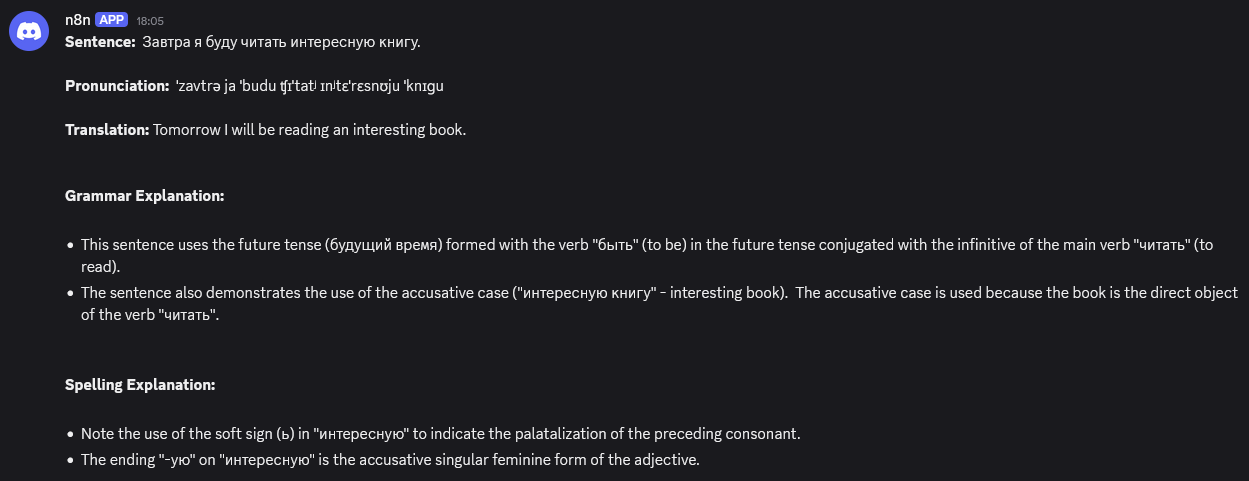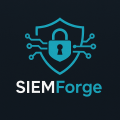My first automation workflow
My first steps into automation with AI agents using n8n
Setting the stage: n8n in my homelab
As someone constantly tinkering in my Proxmox-based homelab, I recently decided to explore workflow automation with AI agents using n8n — a powerful, self-hostable automation tool that connects anything to everything.
To get started, I spun up a new container and installed n8n via Portainer, running it in Docker. For anyone looking to do the same, here’s the official n8n install guide for Docker and Portainer:
Install n8n with Docker & Portainer
Link to environment variables
Trial and error: The hands-on approach
Initially, I went in completely blind. I began dragging in random nodes, loosely configuring them, and hoped for some magic.
Spoiler: it didn’t work.
I kept hitting walls — nodes not connecting, credentials misbehaving, and the dreaded “nothing happened” moments. But each small failure taught me a bit more about how n8n thinks and how its workflows execute.
💡 The language learning idea
While experimenting, I had a lightbulb moment: why not use AI to help me learn a new language?
Here was the concept:
- Schedule a daily trigger
- Use an AI agent to ask a chatmodel (e.g., Google Gemini) for a new sentence in the target language
- Include translation, pronunciation, grammar, and spelling tips
- Send the output to a Discord channel via webhook

This felt like the perfect fusion of AI, automation, and a personal need.
Turning to tutorials
Realizing I needed a stronger foundation, I dove into some n8n tutorials:
Your First n8n Workflow
This tutorial helped me understand how to structure a simple workflow from trigger to output.Intro to Advanced AI Workflows
This one introduced the concept of using AI models within workflows — exactly what I needed.
After going through these, things started to click.
The first major roadblock
I created my workflow: a Schedule Trigger connected to an AI agent and ending in a Discord webhook. It worked beautifully when I ran it manually, but… nothing happened when the scheduled time passed.
Problem:
The Schedule Trigger didn’t fire on its own.
Solution:
- My Docker container was running, but n8n wasn’t in active/production mode.
- I updated my Docker container’s environment variables:
N8N_EXECUTIONS_MODE=ownTZ=Europe/Brussels(to match my timezone)
- I also switched the trigger from interval to cron (
45 9 * * *) for reliability. - Finally, I ensured the workflow was activated and saved.
After these changes, the scheduled execution worked like a charm.
Early results & simplifying things
Initially, I tried to go way too complex — chaining advanced AI nodes, formatting logic, and conditionals. Eventually, I scaled it back to something simpler just to start getting data flowing and build confidence.
The minimal setup: Schedule Trigger → AI Agent → Discord Webhook

An AI agent is not fully required as this could have been configured as an automation workflow, this was purely for testing purposes. This project provided value and a great learning experience.
Next steps & ideas
Here’s where I want to take this next:
- Interactive Discord bot: Respond to messages in a channel, maybe even answer grammar questions.
- Clean-up logic: Automatically delete older language messages to keep the channel fresh.
- Add memory node: Track which sentences have already been sent and avoid duplicates (or regenerate).
- Logging to Google Sheets: Keep a log of daily sentences and explanations for review.
Final thoughts
Exploring automation with n8n + AI has been one of the most satisfying and productive rabbit holes I’ve gone down in my homelab journey. With a bit of trial and error, and help from the excellent n8n docs and community, I now have a working system that automates part of my language learning journey — and that’s just the beginning.
If you’re on the fence about diving into automation or AI integration, my advice? Just start — even the mistakes are great teachers.
Want to see more of my homelab experiments? Let me know — happy to keep sharing!
